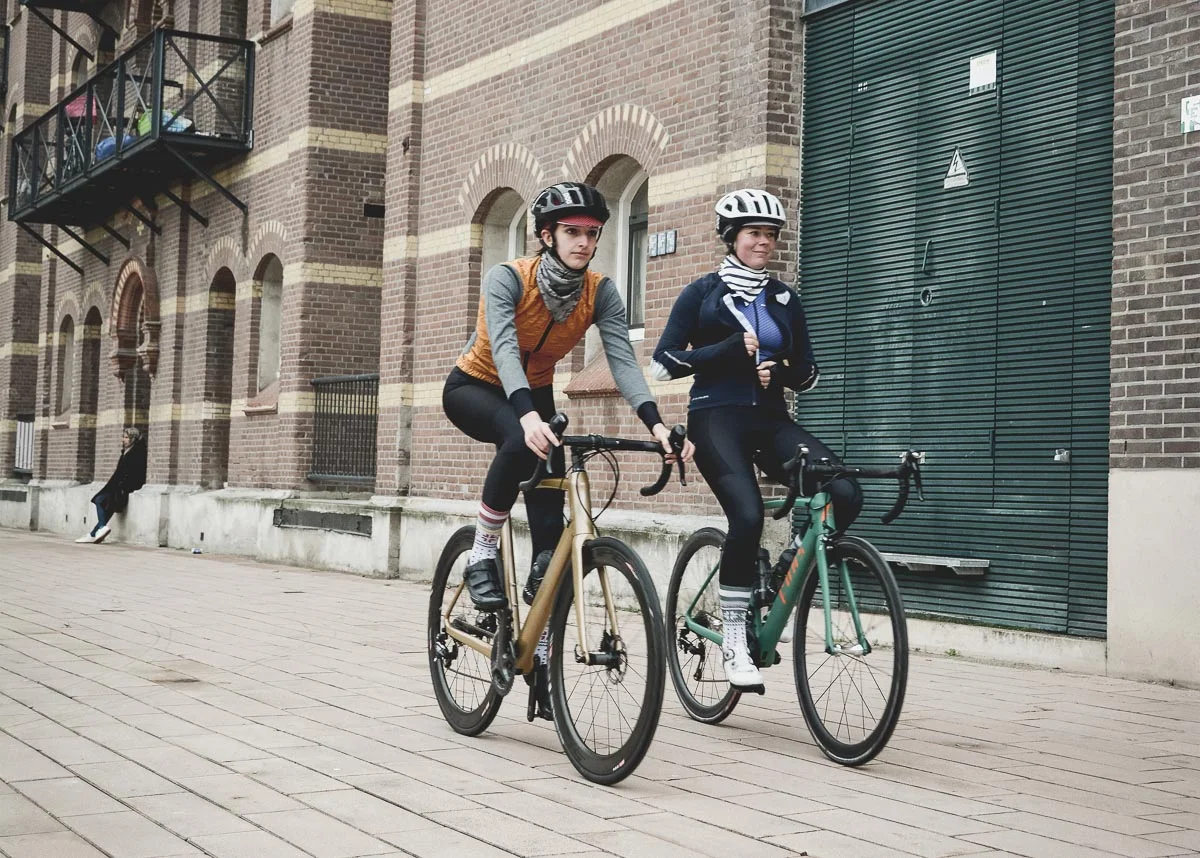Road harassment is an increasingly recognized issue for bicyclists, particularly in busy urban environments like Houston. Aggressive driving behavior, such as tailgating, honking, and unsafe passing, can create hazardous conditions for cyclists and deter many from choosing this eco-friendly mode of transportation. Addressing road harassment is crucial for ensuring the safety and well-being of bicyclists and promoting a more inclusive and sustainable transportation system.
This article explores the problem of road harassment faced by bicyclists in Houston, examining its causes, consequences, and potential solutions. From understanding the legal protections available to implementing community-based initiatives, we will discuss various strategies to protect cyclists from aggressive drivers and foster a safer road environment.
Understanding Road Harassment
Road harassment encompasses a range of aggressive behaviors directed at bicyclists by drivers. This includes verbal abuse, threatening gestures, dangerous driving maneuvers, and physical intimidation. Such behaviors not only endanger cyclists but also contribute to a hostile road environment that discourages cycling.
In Houston, the rise of road harassment incidents has prompted concern among cycling advocates and city officials. Understanding the root causes, such as impatience, lack of awareness, and entrenched car-centric attitudes, is essential for developing effective countermeasures. Educating drivers about the rights and vulnerabilities of bicyclists can help reduce instances of harassment.
Legal Protections for Bicyclists
Bicyclists in Houston are protected by various traffic laws designed to ensure their safety on the roads. Texas law requires drivers to maintain a safe distance of at least three feet when passing cyclists. Additionally, cyclists have the right to use the full lane when necessary for their safety, especially on roads too narrow for side-by-side travel.
Enforcing these laws is crucial for protecting bicyclists from aggressive drivers. Cyclists should be aware of their rights and report any incidents of harassment to local authorities. This awareness helps to hold violators accountable and reinforces the importance of respecting cyclists on the road.
Increased enforcement and awareness campaigns are essential to ensure that these legal protections are upheld. Public education efforts can inform both drivers and cyclists about the rules and promote safer interactions. By emphasizing the importance of these laws, Houston can create a safer environment for all road users.
Reporting and Addressing Incidents
Encouraging cyclists to report incidents of road harassment is an important step in addressing the issue. Reports provide valuable data that can help authorities understand the prevalence and nature of the problem, allowing for more targeted interventions. Cyclists should document incidents whenever possible, including details such as the time, location, and description of the driver and vehicle.
Houston can benefit from implementing a dedicated reporting system for road harassment incidents. This could include an online platform or mobile app where cyclists can easily report harassment and receive updates on any follow-up actions taken. Effective reporting mechanisms not only help address individual cases but also contribute to broader efforts to combat aggressive driving behavior.
Infrastructure Improvements
Improving infrastructure is a key strategy for protecting bicyclists from road harassment. By expanding and enhancing the city’s cycling infrastructure, Houston can create safer environments for cyclists and reduce conflicts with motorists. Here are some critical infrastructure improvements that can help mitigate the risks associated with aggressive driving:
- Dedicated Bike Lanes: Designate specific lanes for cyclists to ensure they have a safe space on the road, reducing the likelihood of conflicts with motorists.
- Protected Bike Paths: Implement bike paths that physically separate cyclists from vehicular traffic, providing a safer environment and minimizing interactions with aggressive drivers.
- Clear Signage: Install clear and visible signage to guide both cyclists and drivers, promoting awareness and understanding of shared road use.
- Intersection Improvements: Enhance intersections with bike-specific signals and markings to ensure cyclists are visible and protected when crossing or turning.
- Maintenance and Upkeep: Regularly maintain and repair bike lanes and paths to ensure they are safe and usable, preventing accidents and injuries.
- Expansion of Bike Networks: Expand the overall network of bike lanes and paths to create more connected and accessible routes for cyclists throughout the city.
- Traffic Calming Measures: Implement measures such as speed bumps and narrowed lanes to slow down vehicular traffic in areas with high cyclist activity, increasing safety.
Community Engagement and Education
Community engagement and education are vital components of any strategy to address road harassment. Educating both drivers and cyclists about road safety and mutual respect can foster a more harmonious coexistence on the roads. Public awareness campaigns, workshops, and community events can help spread these messages effectively.
Involving local communities in the discussion about road safety can lead to more inclusive and effective solutions. Cyclists and drivers alike can benefit from understanding each other’s perspectives and challenges. Collaboration between city officials, cycling organizations, and community groups can drive positive change and reduce instances of road harassment.
Support and Resources for Bicyclists
Supporting and providing resources for bicyclists can empower them to effectively handle road harassment. This includes giving them access to legal advice, self-defense training, and mental health resources. Cyclists should feel supported and equipped to deal with aggressive encounters and know that they have options for recourse.
Creating support networks, such as local cycling clubs and advocacy groups, can offer a sense of community and shared purpose. These groups can provide practical assistance, such as organizing rides and safety workshops, and can also serve as a collective voice advocating for cyclist rights and safety measures.
Policy and Advocacy
Policy changes and advocacy efforts are essential for creating long-term solutions to road harassment. Advocating for stricter penalties for aggressive driving and increased funding for cycling infrastructure can create a safer environment for cyclists. Policymakers should prioritize initiatives that protect vulnerable road users and promote sustainable transportation.
Local advocacy groups play a crucial role in pushing for these changes. By engaging with policymakers, organizing public campaigns, and raising awareness about the issue, these groups can influence the development of policies that prioritize cyclist safety. Collaboration between advocates and city officials can lead to meaningful progress in addressing road harassment.







